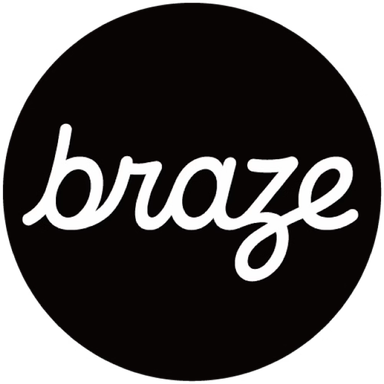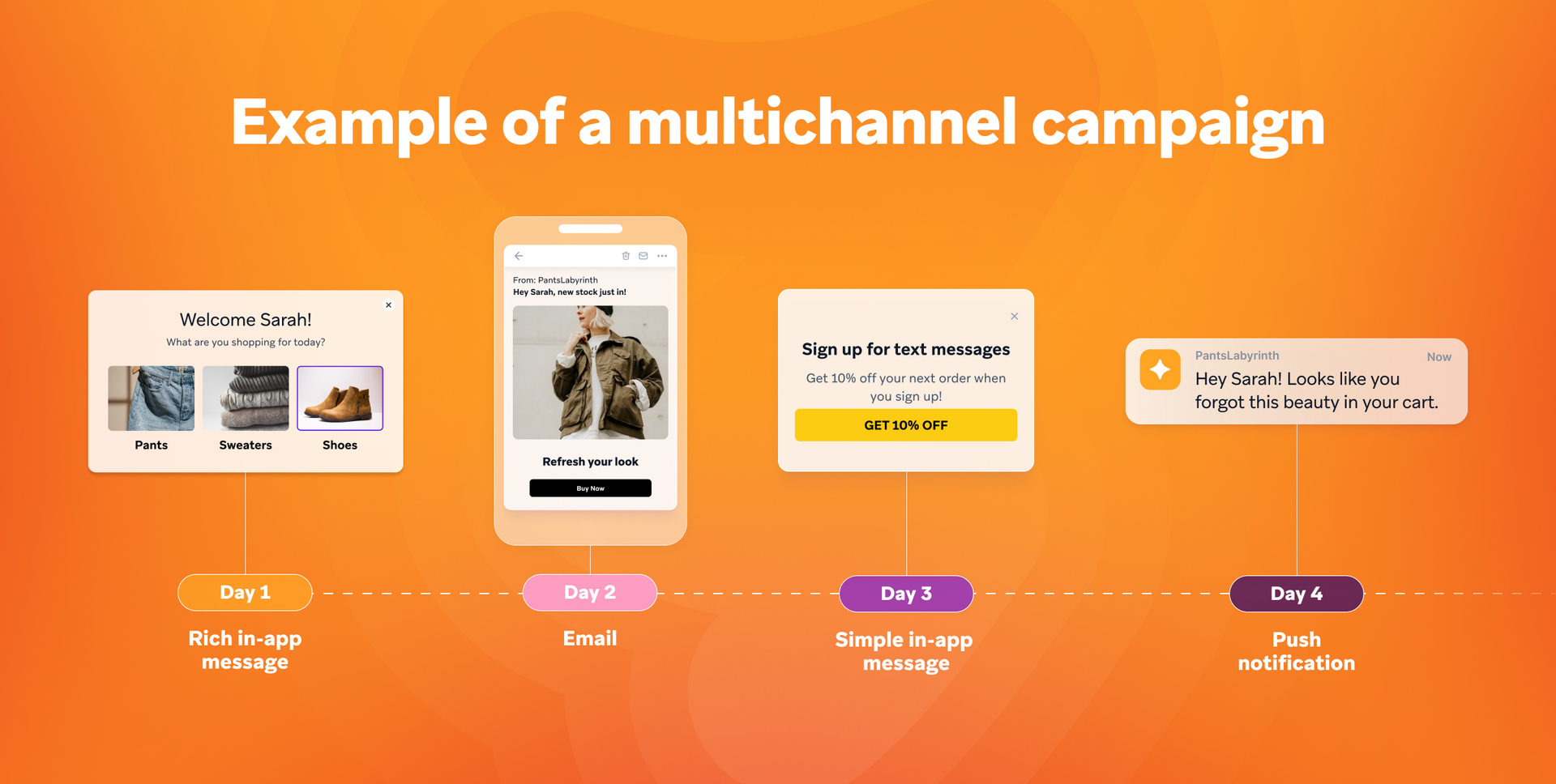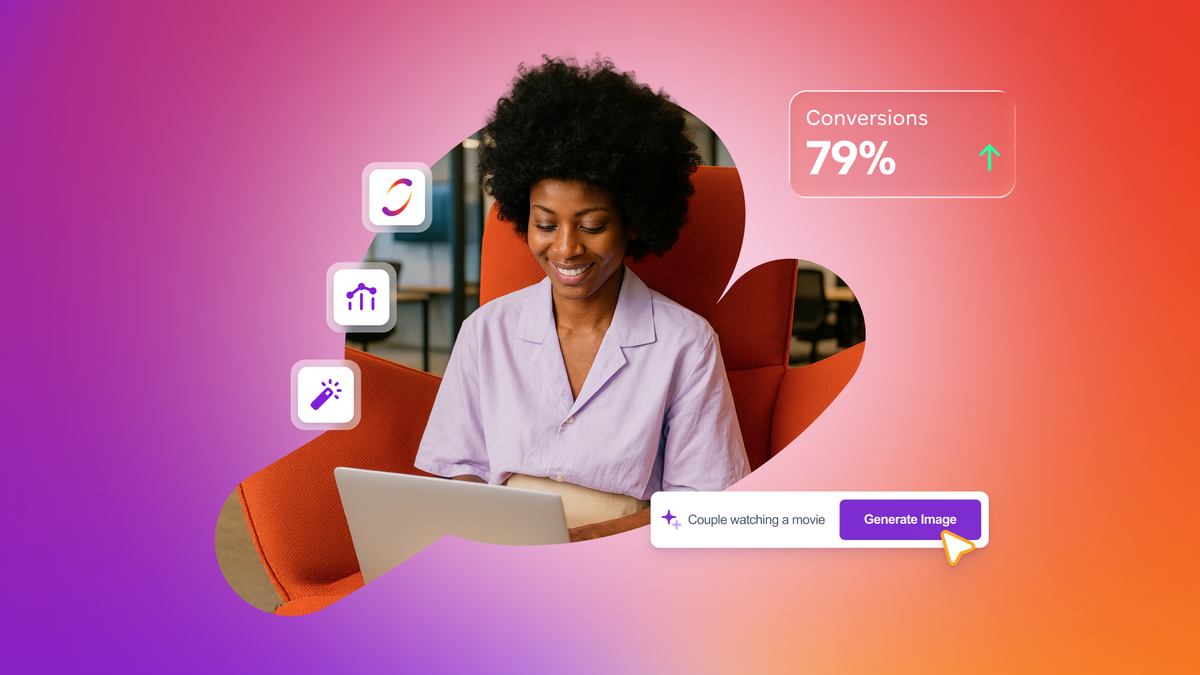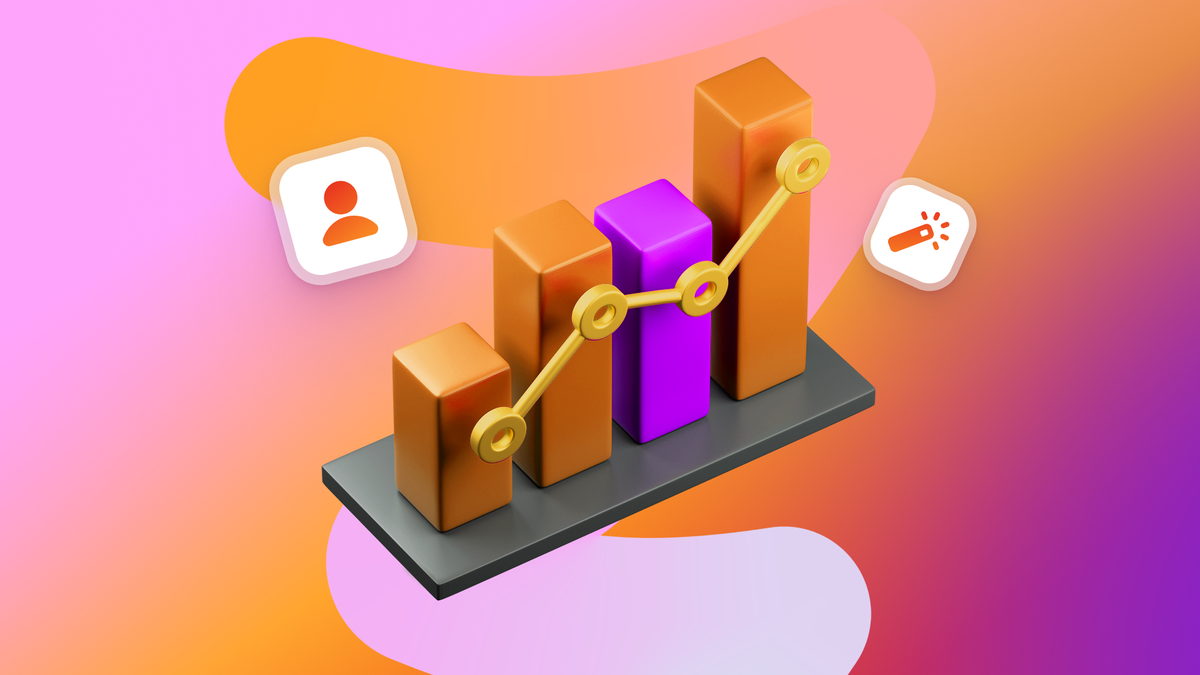Marketing Automation: What Is it and Why Is it Important to Your Marketing Strategy?
Published on February 12, 2025/Last edited on November 18, 2024/7 min read


Team Braze
If you’re tired of sending endless one-off campaigns, manually sorting through contact lists, wasting hours on tedious production work, and waiting for performance reports, then marketing automation is the solution. Marketing automation technology saves marketers time, energy, and maybe even some ibuprofen by removing the need to deal with headache-inducing manual work.
The rise of sophisticated marketing platforms makes it easier than ever to acquire, engage, and retain customers in a fast and efficient way. The trick is to select the right platform for your needs and to consider where there are the greatest opportunities for automation. There are many marketing automation use cases, which we’ll explore in this article.
Contents
- What is marketing automation?
- 3 things to look for in an automation platform
- 8 automation tools that delight customers and boost engagement
- Mobile marketing automation
- Why marketing automation is important for your marketing strategy
- Marketing automation FAQs
What is marketing automation?
Marketing automation is the process of automating time-consuming (but necessary) tasks, that are traditionally manual. Today, several automation platforms contain dozens of automation tools designed to remove burden from:
- Email marketing
- Mobile marketing
- Cross-channel marketing
- Campaign management
- Campaign optimization
- A/B testing
- Reporting and analysis

3 things to look for in an automation platform
The best marketing automation platforms provide tremendous value to marketers. When evaluating automation platforms, make sure the platform includes these value-driving capabilities:
Live Customer Profiles: Profiles should auto-populate with relevant customer information like age, location, language, purchase history, loyalty status, affinities and preferences, and more. All customer info should appear in one view, regardless of the original data sources.
Dynamic Segmentation: Powered by real-time data, this feature lets brands segment audiences by shared traits, behaviors and preferences, such as:
- “Customers who reviewed a product in the last 24 hours”
- “App users who haven’t logged on for seven days or more”
- “Loyalty members with a balance of 30K points or more”
Personalization: Make customers feel like you’re talking to them and no one else—that’s the magic of personalization. Brands who don’t leverage personalization can come across as out-of-touch and irrelevant.
Personalization gives brands the power to tailor content, channel selection, “send time,” and more based on individual data. To learn more, our personalization guide has everything you need to master the practice.
8 automation tools that delight customers and boost engagement
There are plenty of marketing automation tools on the market. The best ones help brands scale their marketing efforts while still maintaining an individual, human touch. Here are eight automation tools and features that help put marketing on cruise control:
1. Liquid personalization
Liquid, a templating language that makes personalization easier, enables brands to customize communications based on individual customer information. This includes things like: Gender, language, city, time zone, and more. Our research shows that Liquid personalization can drive:
- 63% uplift in conversion rates for newsletters using Liquid personalization (compared to the baseline for this use case)
- 15% more effective at driving lapsed users back to the app (compared to the baseline)
2. Action-based and API-triggered campaigns
These automated delivery tools send messages to user behaviors and preferences in real time. For brands, that means communications are sent at optimal times based on actual preferences and behaviors, which has a positive effect on creating more relevant engagement:
- 1.8X higher conversion rates for opt-ins when using action-based messages
- 34% uplift in conversion for API-triggered messaging
- API-triggered fulfillment campaigns are 2.4X more effective at driving users to your app/website
3. Frequency capping tools
Brands use frequency capping to limit how often customers see particular ads over set periods of time, which can restrict exhaustive or duplicative messaging. With this tool (and the right customer engagement platform), you can manage message frequency and volume in nuanced, human ways, including:
- Frequency capping by channels
- Frequency capping by tags
- Frequency capping by segment
4. Intelligent Selection
The Braze Intelligent Selection feature, for example, is an algorithmic, machine-learning tool that pairs customers with specific journeys and campaigns based on variant performance over time. This tool tests variables—including campaign variables like creative, messaging, timing, and frequency—on a continuous basis, and optimizes the message variant, based on those that are most effective. These models are designed to never stop learning and improving, and the proof is in the results.
5. Intelligent Channel
The Intelligent Channel tool helps marketers initiate and maintain conversations on customers’ preferred platforms. The tool works by supporting cross-channel strategies and weighs engagement rates across channels. When brands use this data-driven approach, customers also benefit because they receive messages on the channels they most prefer.
6. Intelligent Timing
In the old days, brands had to guess at the single best time to ship a campaign and often relied on the same best practices that many brands used, potentially flooding inboxes. That “send time” needed to work for an entire list of contacts, however unlikely. Luckily, Intelligent Timing sends the message for you. With this tool, campaigns are sent asynchronously, at ideal times for individual recipients, no matter where they are or when they’re most likely to engage. Even better? Braze research shows that push notifications that use Intelligent Timing are 2.6X more effective at driving app opens than push notifications that do not.
7. Predictive Events
Predictive Events are advanced features that leverage machine learning to anticipate user behavior and engagement. By analyzing historical user data, Braze can help predict future actions, such as the likelihood of a user making a purchase or churning. This allows marketers to tailor their messaging strategies and campaigns to target users more effectively, enhancing engagement and retention.
Mobile marketing automation
Mobile marketing automation (MMA) refers to the platforms and tools that companies use to build multichannel campaigns, all while managing customer relationships at scale. Mobile marketing automation platforms help marketers connect the dots and send campaigns that satisfy customers with exceptional, personalized experiences.
Mobile marketing automation doesn’t automate the creative work of branding, writing, or designing, but it does enable you to personalize messaging and scale those messages to larger audiences, faster. The vision and planning still comes from marketers, but the platform helps to schedule mobile campaigns, test ideas, and analyze the results.
Start here with mobile marketing automation tools
New to mobile marketing automation? You’ll first need to research and select a mobile marketing automation platform. Choose one that helps you develop and deploy mobile and multichannel strategies in the most effective means possible. Here are a few tips to get started:
- Make sure your app and/or website are mobile-optimized
- Read up on ways to optimize your mobile marketing
- Dedicate resources and schedule time to request proposals and review demos
- Use this RFP template to help determine what you need from an MMA platform
- Consolidate questions for potential vendors
Why marketing automation is important for your marketing strategy
The right suite of marketing automation tools makes it faster and easier to engage with customers and frees valuable time for marketers to focus on bigger picture thinking.
This is important because studies show that marketers are overworked. Customers demand more than ever when it comes to brand relevance. According to Harvard Business Review, customer needs vary based on time and context, and companies should leverage new technology to respond to cultural shifts.
BrazeAI™ helps brands improve customer engagement efforts at scale. Powered by machine learning, marketing automation capabilities are designed to reduce manual decisions and processes that impede timely and valuable outreach efforts. With these powerful solutions, brands can leave worries behind and focus on perfecting what the right message looks like, in the moment.
Forward Looking Statements
This blog post contains “forward-looking statements” within the meaning of the “safe harbor” provisions of the Private Securities Litigation Reform Act of 1995, including but not limited to, statements regarding the performance of and expected benefits from Braze and its products. These forward-looking statements are based on the current assumptions, expectations and beliefs of Braze, and are subject to substantial risks, uncertainties and changes in circumstances that may cause actual results, performance or achievements to be materially different from any future results, performance or achievements expressed or implied by the forward-looking statements. Further information on potential factors that could affect Braze results are included in the Braze Quarterly Report on Form 10-Q for the fiscal quarter ended July 31, 2024, filed with the U.S. Securities and Exchange Commission on September 6, 2024, and the other public filings of Braze with the U.S. Securities and Exchange Commission. The forward-looking statements included in this blog post represent the views of Braze only as of the date of this blog post, and Braze assumes no obligation, and does not intend to update these forward-looking statements, except as required by law.
Related Tags
Releated Content
View the Blog
Are you AI-savvy enough to survive? A wake-up call for CMOs

Team Braze

What are contextual bandits? The AI behind smarter, real-time personalization

Team Braze

What is a multi-armed bandit? Smarter experimentation for real-time marketing
